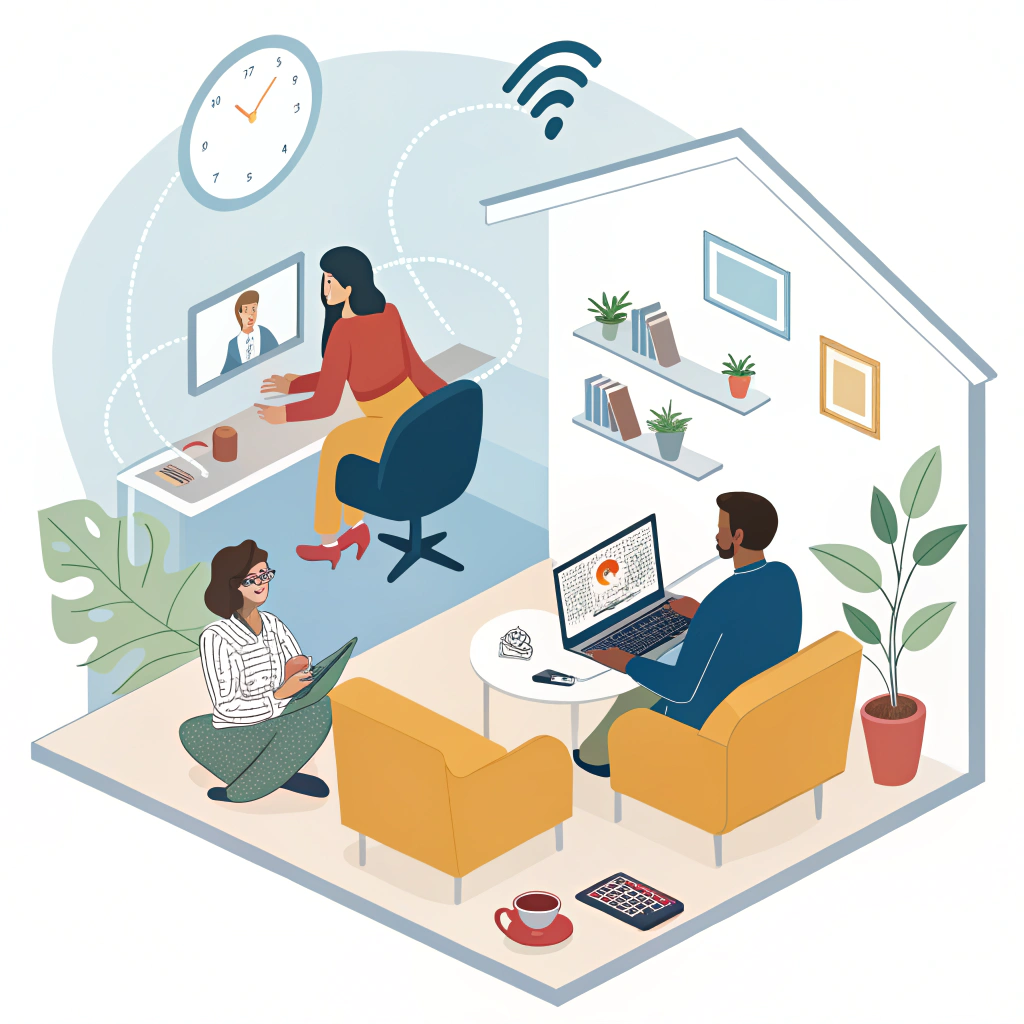
The world of work has undergone a dramatic transformation over the past few years. Remote work, once considered a temporary solution, has now given way to a more permanent and strategic model: the hybrid workplace. In this new structure—where employees split their time between remote and in-office work—organizations are facing a new challenge: how to build and maintain psychological safety across physical and digital spaces.
At CorporateOne, we’ve been working closely with companies navigating this transformation. What’s become increasingly clear is that psychological safety isn’t just a cultural advantage—it’s a business imperative. Teams that feel safe to speak up, experiment, and bring their full selves to work are the ones that innovate, adapt, and thrive.
So, what does psychological safety look like in the hybrid world—and how can leaders actively cultivate it?
Psychological safety is a shared belief that the team is safe for interpersonal risk-taking. The concept was popularized by Harvard professor Amy Edmondson, whose research found that teams with high psychological safety were more likely to perform well and learn from failure.
In hybrid teams, where visibility is uneven and spontaneous hallway conversations are replaced by scheduled Zoom calls, psychological safety becomes harder to achieve—and yet even more critical. Without it, remote employees may feel excluded, undervalued, or reluctant to contribute. The result? Lower engagement, less innovation, and a fractured culture.
In traditional offices, psychological safety often stems from informal cues—body language, eye contact, shared lunches, or quick desk chats. In hybrid work, those cues are reduced or lost entirely.
Some challenges unique to hybrid environments include:
These factors can make psychological safety feel out of reach. But with intentional design, hybrid teams can be just as cohesive and trusting as fully in-person ones—if not more.
At CorporateOne, we work with forward-thinking organizations to embed psychological safety into the heart of their workplace strategy. Here’s how:
Psychological safety starts with leadership. Managers and executives must model vulnerability and openness. That means admitting when they don’t have all the answers, soliciting honest feedback, and showing empathy.
When leaders share stories of failure or express uncertainty, they create space for others to do the same. It sends a powerful message: "You don't have to be perfect to belong here."
In hybrid meetings, people in the room often dominate the conversation—while remote participants fade into the background. Combat this by:
Structure meetings to maximize equity, not just efficiency.
Psychological safety isn’t one-size-fits-all. Some employees may feel comfortable speaking up in meetings, while others prefer asynchronous communication. Offer options:
The more diverse the communication formats, the more inclusive the environment.
It’s not enough to talk about safety—you have to show that it matters. Recognize team members who uplift others, encourage diverse viewpoints, or make space for quieter voices.
Highlighting these behaviors in public reinforces your values and encourages others to follow suit.
Hybrid onboarding can feel isolating if not handled well. New employees may struggle to understand cultural norms or feel hesitant to speak up. Ensure your onboarding includes:
First impressions matter. Start building safety from day one.
Workplace design isn’t just about tools and processes—it’s about emotion. Hybrid work should be built around the idea that everyone belongs, regardless of where they work from.
This means:
Inclusion is the foundation of psychological safety. Design your systems accordingly.
When hybrid teams feel psychologically safe, the benefits ripple across the organization:
And perhaps most importantly, psychological safety builds resilience. In a rapidly changing world, that may be your greatest competitive advantage.
At CorporateOne, we believe the most effective workplaces are those that value trust as much as technology. As we help organizations embrace hybrid models, our focus remains on one thing: empowering people.
Because when people feel safe, they speak up. When they speak up, they solve problems. And when they solve problems, they build the future.
Let’s design that future—together.
